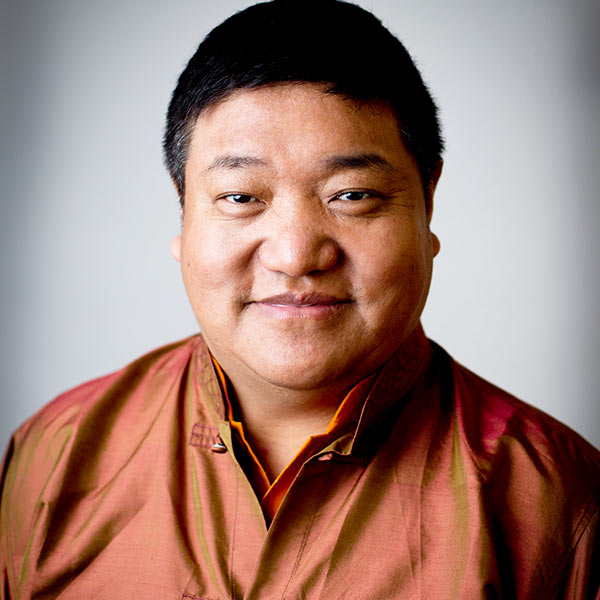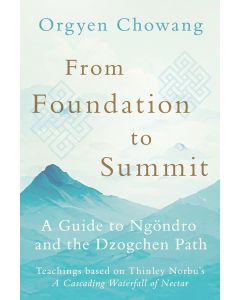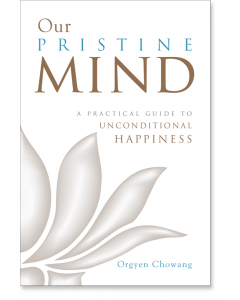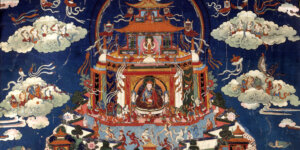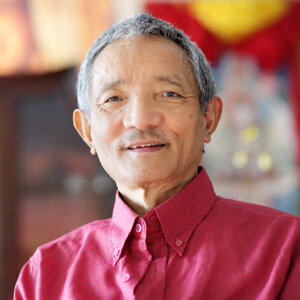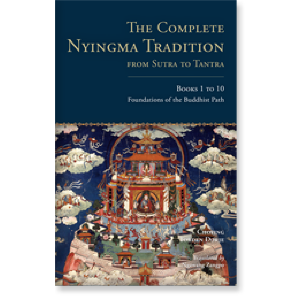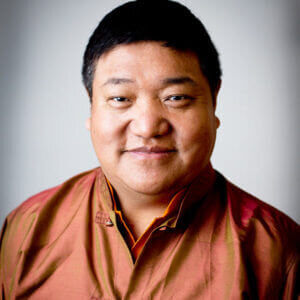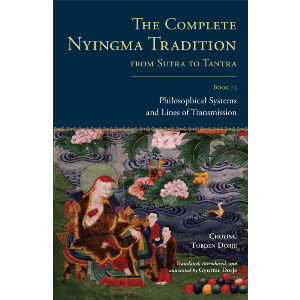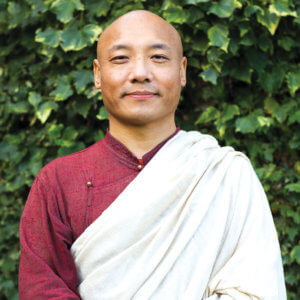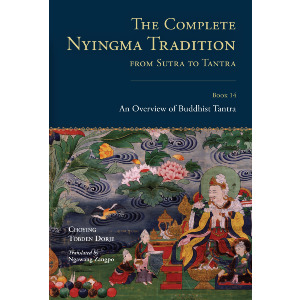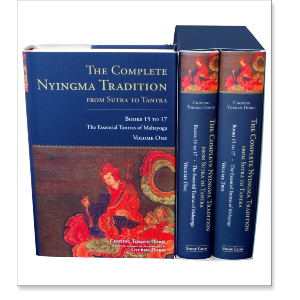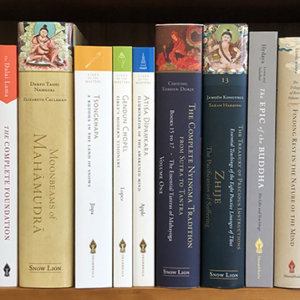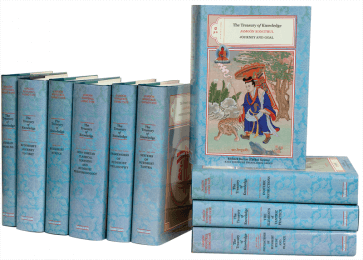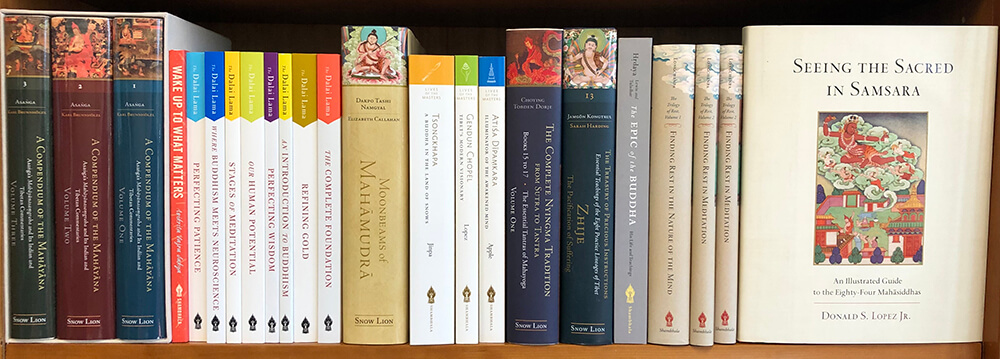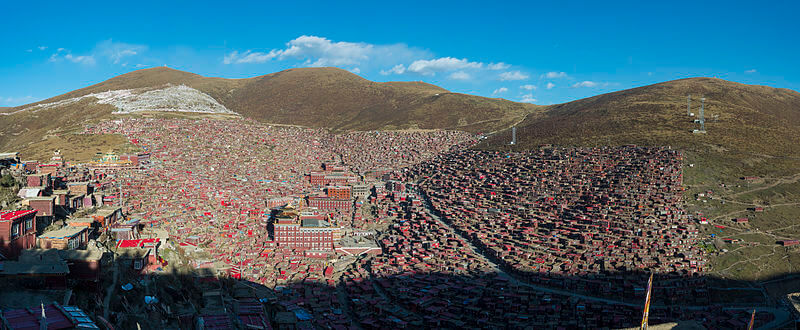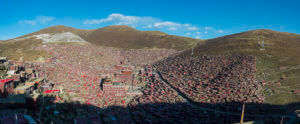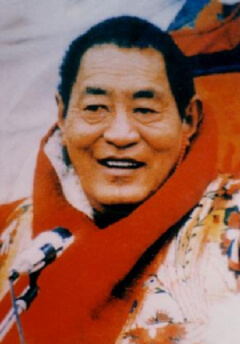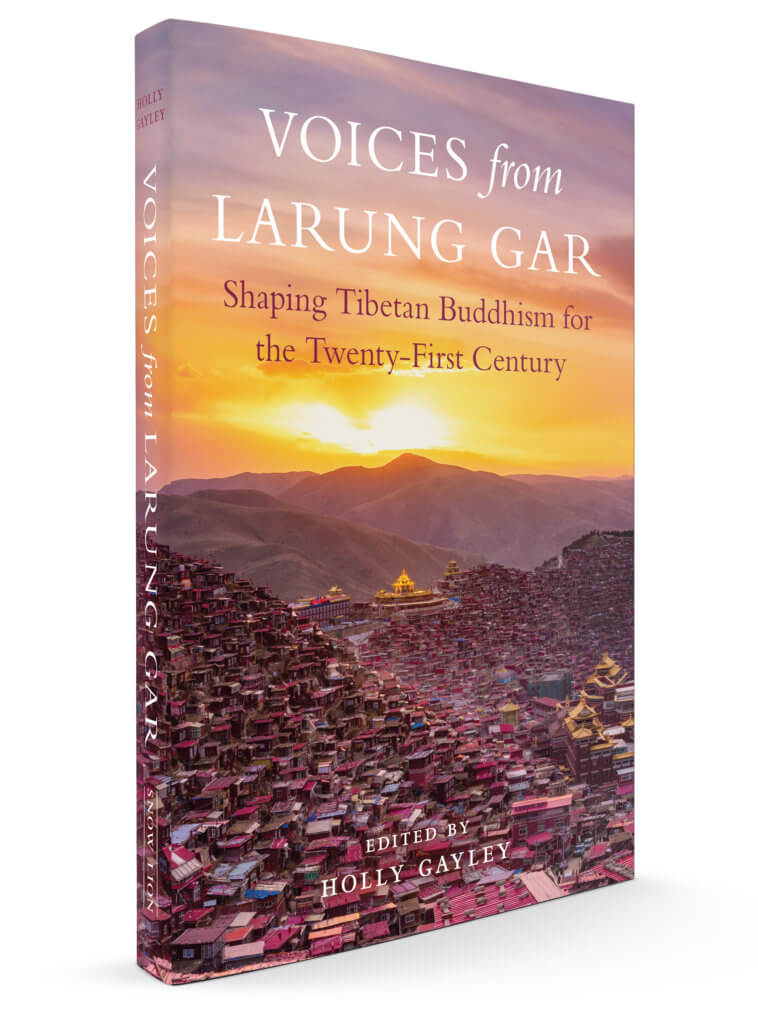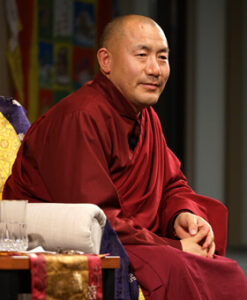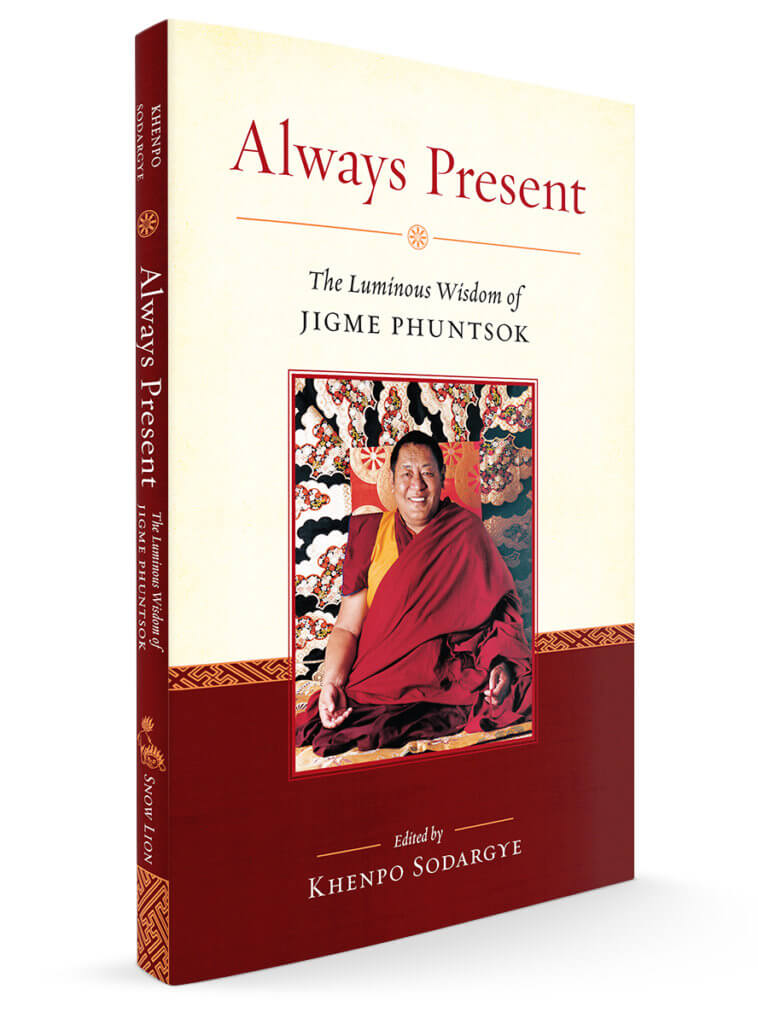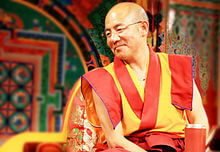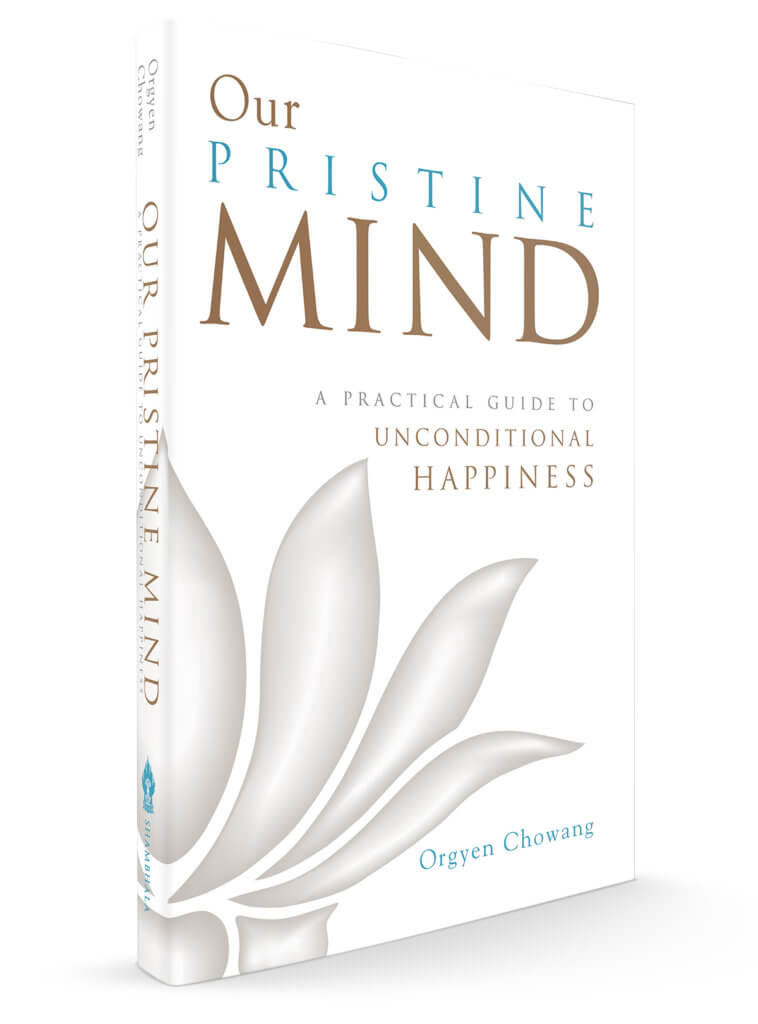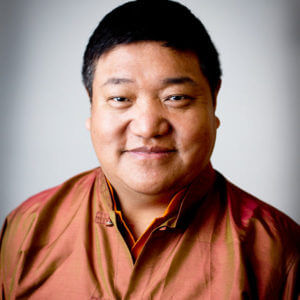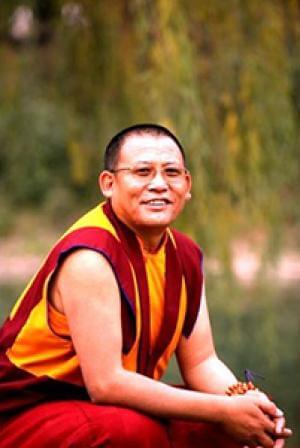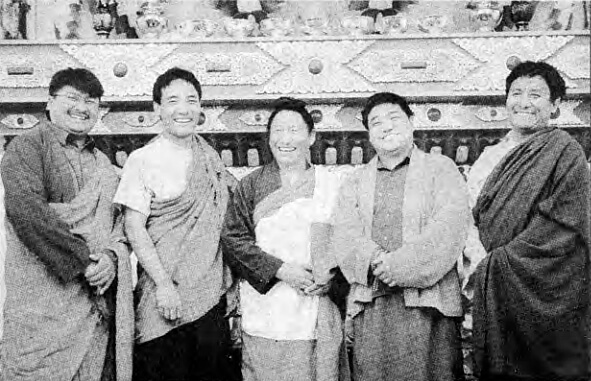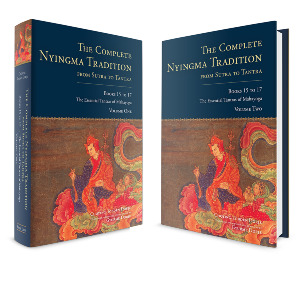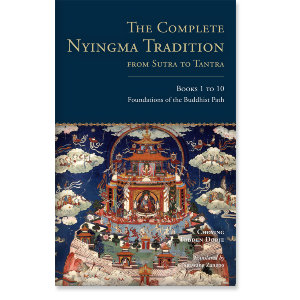Buddhist Publishing
In many ways right now is the golden age of Buddhist publishing in English. When I first started reading deeply into the extant Buddhist works a little over a quarter century ago, choices were really limited. Patrul Rinpoche’s Words of My Perfect Teacher and Tsongkhapa’s Lam Rim Chenmo had yet to come out. Gampopa’s Jewel Ornament of Liberation only existed in a translation that was nearly impenetrable. There was almost nothing from the Sakya tradition.
Now it’s a different world. In 2019, Shambhala alone published 34 titles for Tibetan Buddhists (and a bunch more for Zen and Pali traditions), bringing us to over 600 Tibetan Buddhist titles in print. While we have by far the largest list, the other Buddhist-centric publishers add a bit over two hundred more to the total. Some of the greatest works of the Indian and Tibetan traditions are coming out on an almost monthly basis.
There are many really experienced translators who have good retreat experience and who work closely with lamas who have traversed the path.Vast, multi-volume works are available for many traditions, such as the ten-volume Treasury of Knowledge, the Complete Nyingma Tradition (eventually seven volumes and by far the largest work on a single tradition), the Treasury of Precious Instructions (eventually eighteen volumes) and the Library of Tibetan Classics series (Wisdom Publications). There are multiple translations and commentaries on the five Maitreya texts, the core of the Mahayana. There is the 84000 project committed to translating the entire Kangyur (the words of the Buddha) and Tengyur (the commentaries from India), even if few teachers teach those texts and few people read them.
Other publishers including Wisdom, Rangjung Yeshe, Padma Publishing, KTD, Vajra Books, Dharma Publishing (despite nothing new in years), and a few others have very dedicated people producing some important books. Even some of the university presses (Oxford, Columbia, Chicago, SUNY, and Hawaii in particular) are making some great contributions beneficial—or at least of interest—to practitioners, not just academics. There are also some very important behind-the-scenes organizations that really enable a lot of the important works coming out to happen—the Tsadra Foundation, the Hershey Foundation, the Khyentse Foundation, the Ho Foundation, and more, as well some private donors supporting translators and publishing projects. Tibetan texts are also widely available to translators and readers thanks in particular to the Buddhist Digital Resource Center (formerly TBRC) online library.
Thanks to our many teachers, translators, scholars, and sponsors, we have so much Buddhist material at our fingertips. There is a lot to feel very hopeful and positive about, not just about the books, but about authentic Dharma being made available both inside and outside of Asia.
Yet, as I survey the landscape of Buddhism in the West through the lens of Buddhist publishing in English, at times I have a lot of trepidation—as a publisher and also as a Buddhist. We have a long way to go.
My concerns focus on how we read, what we read, and who is reading—or not.

